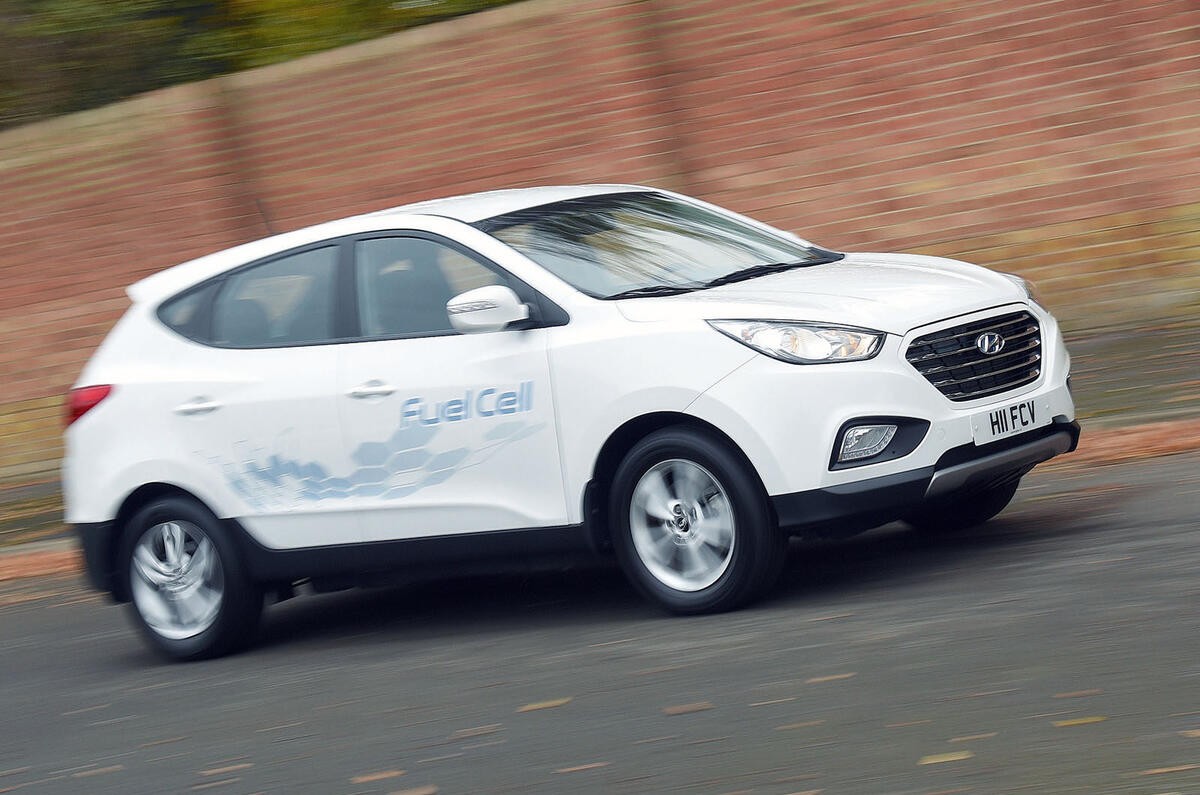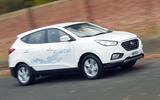If you swap cars reasonably often, or have done so recently, you’ll be familiar with the sensations of getting comfortable with a different vehicle over time.
A gearshift that at first seemed too long soon becomes second nature, for instance, or a grumbly engine that shocked you moves to being background noise. Never is this more true than when you jump in an electric car.
Suddenly, you can hear the rumble of tyres on the road for the first time, because it isn’t drowned out by engine whine, for instance. You can pull out of junctions where you’d not even have risked it in a sports car, such is the instant torque. And, I must admit, in my case there’s an undoubted calmness and composure that descends on my driving, especially in town, such is the peace and ease of travel. For a while, I pondered if this was the cause of another phenomenon that I encountered while driving the Hyundai: namely, that I seemed to induce minor road rage in drivers of high-powered vehicles. First, there was the Volkswagen Golf GTI driver who felt compelled to overtake down a high street, and then a BMW M3 driver who had to share his views at some traffic lights.
Why so? Partly because of the aforementioned junction escapes. Other drivers aren’t calibrated to the electric motors and think you’ve taken a risk, consequently getting annoyed as they jam on the brakes to avoid what they think would be a certain crash. Partly it’s because I tend to drive more slowly, largely because I’ve become alert to saving power, by freewheeling up to red traffic lights, for instance.
But the biggest reason, I’ve concluded, is because of the daft stickers that adorn the ix35 to ensure that it is a mobile billboard for the clever technology that lies beneath the highly conventional metal. I’ve no problem with them, but it seems like they are a red drag to a bull to many drivers who feel that anyone who needs to shout about their eco credentials needs to be taught a lesson. Note to self: if you want to be a peace-loving eco warrior, don’t force your lifestyle on others.
Price £53,105 (after £4500 gov’t grant) Price as tested £53,105 Economy na Faults None Expenses None
PREVIOUS REPORTS:
“I think there’s something wrong with your car,” said a woman, seeing clouds of steam emerging from the tailpipe of my just-parked ix35 one cold morning. Her fears were raised further by the stickers declaring its hydrogen power. No fear: after a cold run, fans blow all waste water through the fuel cell, lest it freeze, expand and cause damage. It comes out warm, hence clouds of steam in the cold.
PREVIOUS REPORTS:
“Enough about the fact that it’s powered by hydrogen. What’s it actually like as a car?” comes the cry from a reader, who not unreasonably reckons it’s time for an update that doesn’t mention, erm, ahem, well, that this car is powered by hydrogen.



















Join the debate
Add your comment
By the way
That BMW M3 driver wasn't me
Whoops
Sorry I meant "NOT 60mpg when £10.00 a kilo "
"an attention-grabbing ECO car" Not at 23mpg when £10.00 a kilo
Not as in ECOnomic. Autocar It's not the equivalent of 60mpg it's 23mpg and you know it so does Hyundai.
Please state it like you do for all other cars and don't let Hyundai bully you because it's a press car